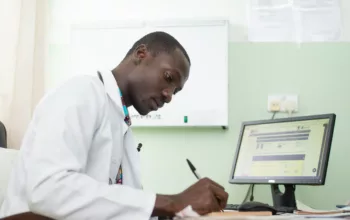Promoting Regulatory Collaboration and Convergence in Asia
This article was originally published in Pharma Focus Asia in December 2019.
Regulatory reliance is increasingly being used by National Regulatory Authorities (NRAs) with different regulatory systems and is actively promoted by the World Health Organization (WHO) as a mechanism to better manage resource capacity issues and strengthen regulatory systems. NRAs in Asia remain key in spearheading efforts and offer opportunities for all stakeholders.
In 2016 the WHO published an article in its Drug Information Bulletin titled Collaboration, not competition: developing new reliance models. The article’s authors argued that modern medicines manufacture and distribution were becoming more and more globalized and that as a consequence the manufacturing processes and supply chains of pharmaceutical products, including generics, were increasingly complex´. They went on to say that the same medicinal product was often distributed in several countries or world regions and used by patients all over the world, pointing out too that it was also common that different manufacturing phases for the same product takes place in different countries, often separated by long distances.
The authors highlighted the fact that new medicines coming onto the market such as biotechnology, gene therapy or cell therapy products were complex products and that some National Regulatory Authorities (NRAs) may lack the resources or specific competences to carry out assessments of these products before they are put on their markets. They argued that collaboration among NRAs was vital to avoid duplication of work, release scarce resources for more critical areas and speed up patient access to both new and existing medicines and vaccines
To read more, click here.
Author





